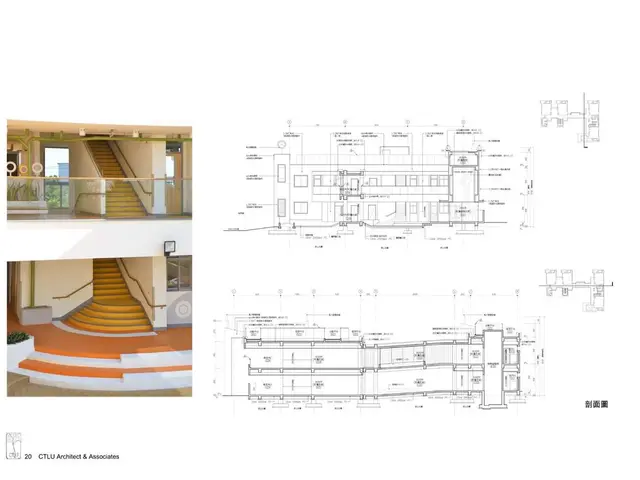Google's Cloud Infrastructure Implementation Tool
Google Cloud Deployment Manager (GCDM) is a powerful Infrastructure as Code (IaC) tool from Google Cloud, designed to manage Google Cloud resources declaratively. Similar to AWS CloudFormation and Azure Resource Manager, GCDM uses YAML configuration files and resource types to define and manage Google Cloud infrastructure.
Comparing Google Cloud Deployment Manager with AWS CloudFormation
While both GCDM and CloudFormation are cloud-native IaC solutions, they differ in scope, syntax, and cross-cloud capabilities. Here's a comparison table:
| Feature | Google Cloud Deployment Manager | AWS CloudFormation | |-----------------------------|----------------------------------------------|--------------------------------------------------| | Configuration format | YAML (also supports Jinja or Python templates) | YAML or JSON templates | | Resource Types | Google Cloud native resource types, referenced as in YAML, e.g., | AWS-specific resource types and logical IDs | | Scope | Google Cloud Platform only | AWS only | | Execution model | Declarative, supports composite types, templates | Declarative, supports Change Sets with execution plans | | Extensibility | Supports templates in Jinja/Python to add logic | Supports custom resources, integrating third-party APIs | | State management | Managed by Google internally | Managed by AWS internally | | Cross-account/region support | Limited, mostly single project/region focus | Supports cross-region and cross-account deployments | | Integration | Integrates tightly with GCP services | Deep integration with AWS services | | Tooling Ecosystem | Smaller community, fewer third-party tools compared to AWS | Large community, more third-party integrations |
Comparing Google Cloud Deployment Manager with other IaC solutions (Terraform and Azure Resource Manager - ARM)
- Terraform is a multi-cloud, unified IaC experience with its HCL language, broader community support, and stronger cross-provider orchestration. Unlike GCDM and CloudFormation, Terraform abstracts provider-specific details and can orchestrate multi-cloud environments.
- Azure ARM templates serve a similar role on Azure with JSON-based declarative configs.
Using Google Cloud Deployment Manager
To deploy a YAML file, use the command . The console will display any errors that may occur during the deployment. The resources created by the deployment will appear in their respective resource areas, such as the virtual machine instance in Compute Engine.
Before deploying, you need to set the active project. The project ID can be found in the console dashboard. To do this, type followed by the project ID.
Opening the Cloud Shell Editor and creating a new file named "sample.YAML" is necessary for pasting YAML code. The YAML file is used as the configuration file to describe resources in the Cloud Deployment Manager. The resources created by the deployment will appear in their respective resource areas, such as the virtual machine instance in Compute Engine.
The Cloud Deployment Manager only works within Google Cloud Platform. The entire deployment in the Cloud Deployment Manager is handled in a unit called a deployment. The deployment status can be monitored within the Deployment Manager console.
Infrastructure as Code (IaC) is the managing and provisioning of infrastructure through code instead of manual processes. Configuration files are created in IaC that contain infrastructure specifics, making it easier to edit and distribute configurations. The Cloud Deployment Manager is an infrastructure automation tool from Google Cloud.
To save the file, use the "File -> Save" option. After saving the file, run the command in the Cloud Shell to check if the new file is visible.
[1] - Multiple sources suggest Terraform's unified approach to multi-cloud management. [2] - The design of GCDM's resource types parallels the "kind" and "apiVersion" concepts seen in Kubernetes YAML manifests. [3] - GCDM and CloudFormation are comparable in being cloud-native IaC tools, while Terraform is more flexible for multi-cloud and hybrid use cases.
Data-and-cloud-computing technologies like Google Cloud Deployment Manager and AWS CloudFormation are cloud-native Infrastructure as Code (IaC) solutions, designed to manage and automate infrastructure resources declaratively in their respective platforms. However, while they share similarities, they differ in scope, syntax, cross-cloud capabilities, and extensibility, as demonstrated in the comparison table.
Technology-wise, Google Cloud Deployment Manager employs YAML configuration files to define Google Cloud infrastructure, and it can extend its functionalities with Jinja or Python templates. On the other hand, AWS CloudFormation uses YAML or JSON templates, with custom resources and third-party API integrations to enhance its capabilities.




